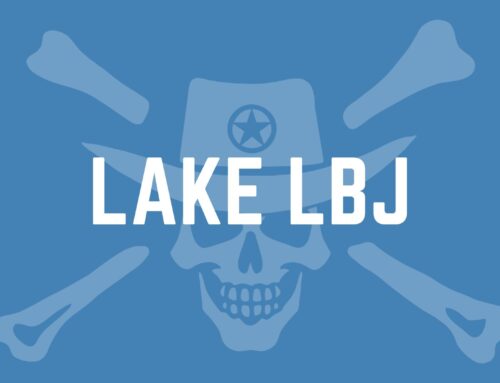Pioneering Spirits: The Old Three Hundred and Their Lasting Legacy in Texas
Echoes from the Past
The Old Three Hundred represent the bedrock of Texan colonization under the guidance of Stephen F. Austin, who took over his father Moses Austin’s pioneering mission. These early settlers, embarking from varied American states, were the first authorized Anglo-American inhabitants in what was then the Mexican province of Texas. Their strategic settlement, their pivotal roles in shaping the state’s future, and their contributions to Texas’s cultural and economic landscapes are immortalized in Texas’s rich historical tapestry. This introduction delves into the origins and significant impact of these pioneers, setting the stage for a deeper exploration of their legacy.
Foundations of a Future State
- The Genesis of Colonization: After the death of Moses Austin, Stephen F. Austin assumed the responsibility to fulfill his father’s colonization permit granted by the Spanish government in January 1821. Austin traveled to San Antonio to meet Governor Antonio María Martínez, who recognized him as his father’s successor. Despite initial hurdles, Austin successfully recruited the settlers, who were mostly in Texas by the summer of 1824. The land titles were issued in several phases, with Baron de Bastrop initially assisting until his departure in August 1824, and the remaining titles completed by Gaspar Flores de Abrego by 1827.
- Strategic Settlement and Land Allocation: The settlers were strategically placed along the rich bottomlands of the Brazos, Colorado, and San Bernard rivers. These lands stretched from the vicinity of present-day Brenham, Navasota, and La Grange to the Gulf of Mexico. Each settler engaged in farming received one labor (approximately 177 acres), while those declaring as ranchers received one sitio (about 4,428 acres). This classification largely depended on the settlers’ self-declared primary economic activities, with many opting to classify themselves as ranchers to gain larger tracts of land.
- Recruitment and Demographic Composition: The majority of the Old Three Hundred came from the Trans-Appalachian South, with the largest groups originating from Louisiana, Alabama, Arkansas, Tennessee, and Missouri. These settlers were primarily of British ancestry and were part of the large westward migration characteristic of the early nineteenth century. Stephen F. Austin selected settlers who were from economically stable backgrounds, often referred to as the “better” classes, which included a substantial number of slaveholders.
- Key Figures in the Colonization Effort: Besides Stephen F. Austin and Baron de Bastrop, significant contributions came from individuals like Gaspar Flores de Abrego, who completed the issuance of land titles. The settler community itself included notable families such as the Bells, Bordens, Kuykendalls, McCormicks, McNairs, McNeels, Rabbs, and Varners, many of whom brought considerable resources and slave labor to the colony.
- Challenges and Legal Framework: Settlers faced numerous challenges, including adapting to new legal frameworks under Mexican governance and overcoming natural hardships. The colonization decree stipulated that all lands should be occupied and improved within two years, a condition most settlers complied with, although seven of the grants were eventually forfeited due to non-compliance.
- Economic Development and Social Dynamics: The economic base established by these early settlers facilitated the growth of what would become a burgeoning slave empire in antebellum Texas. Their farms and ranches laid the groundwork for Texas’s agricultural and economic expansion, setting the stage for future conflicts and the eventual push for Texan independence.
Legacy of the Land
The Old Three Hundred were foundational in transforming the wild terrains of Texas into thriving communities. Their strategic settlements along Texas’s riverbottoms and their robust contributions to the colony’s economic and social structures have left a lasting legacy. As modern Texas continues to grow and evolve, the influence of these early settlers remains a cornerstone of the state’s identity.
Explore and Discover: Visit Historical Sites
- For those inspired to explore the legacy of the Old Three Hundred, visiting key historical sites across Texas can provide deeper insights into their lives and contributions. Sites like San Felipe de Austin State Historic Site and Varner-Hogg Plantation offer windows into the past, connecting visitors with the stories of those who shaped early Texas.





